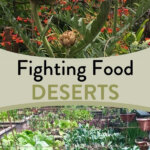Fighting Food Deserts

Food deserts (regions with little access to healthful foods) lead to inequities in nutrition and health—learn more about what causes food deserts (aka food apartheid) in our communities, and how you can fight for change for a more just food system.
Deciding where to shop for groceries—perhaps Costco, Whole Foods, Trader Joe’s, or Kroger—may seem like a normal part of life, but these choices are a luxury many people can only wish they had. There are people living in food deserts, which means they live in a large city or rural area that has little or no access to a grocery store, farmers market, or co-op in which they can purchase healthful foods. Their food shopping options may be limited to a small section of groceries, prepared, or packaged meals from a gas station, convenience store, or fast-food restaurant. Although there may be some access to produce or a meal, most of the choices are ultra-processed foods that leave people hungry, unsatisfied, and lacking adequate nutrients to live a healthy life. Millions of Americans face this tragic reality every single day, as they try to think of creative ways to feed their families. As more and more Americans are classified as living in a food desert each year, it’s never been more timely and more important to increase awareness and catalyze ideas and collaboration to deepen understanding and fight against this crisis.
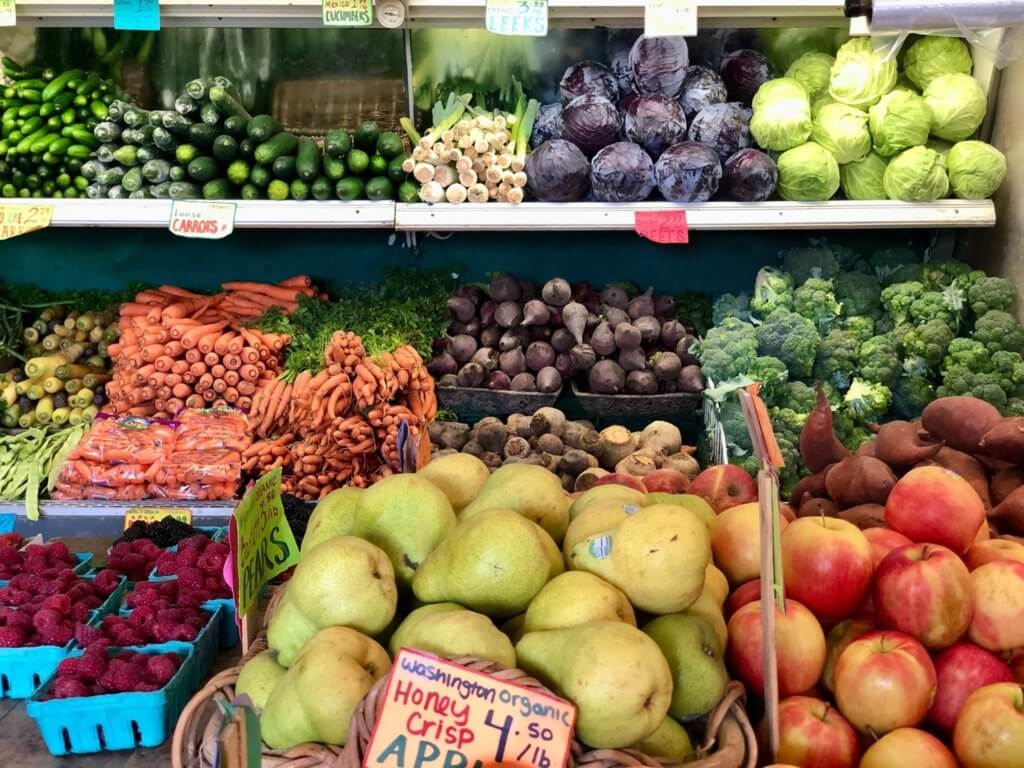
What are Food Deserts?
According to the U.S Department of Agriculture, food deserts are low-income neighborhoods with limited or no access to fresh vegetables and fruits, because grocery stores, supermarkets, and farmer’s markets are out of reach by car, public transportation, and/or walking distance. Residents living more than ten miles away from a grocery store in rural areas and more than one mile away in urban areas are classified as being in a food desert. Food deserts have been negatively affecting people since the 1960s, but public awareness of this issue has been slow to gain traction until more recently with the increased number of people affected. Food deserts developed over time due to urbanization, racial inequalities, and multiple intersecting factors that continue to allow minorities and low-income households to be affected.
Factors that influence the distribution of food deserts include:
- Vehicle access
- Access to public transportation
- Transportation time and timeliness
- Dietary restrictions
- Selection at nearest store
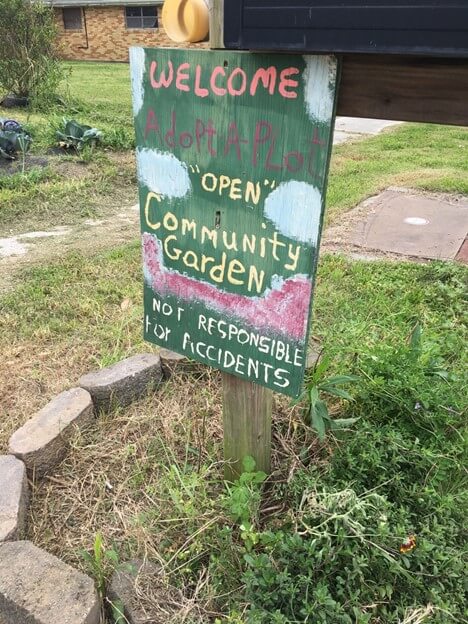
Who is Affected by Food Desserts?
Sadly, over 23.5 million people lived in a food desert in 2020. These individuals were characterized by not having access to a car or a supermarket within a mile. People who live in food desert neighborhoods are commonly found in low-income neighborhoods. Also, these neighborhoods are predominantly minorities that are unequally affected when compared to white households. These individuals, often in Black and Hispanic households, are often forced to purchase ultra-processed food as a means to silence their hunger, but this does not prevent the risk for micronutrient deficiencies and chronic disease from developing. Other health conditions, such as obesity, wider waist circumference, and high total body fat are more common in these minority populations as well. These individuals are more likely to experience food insecurity, which only fuels the fire of not being able to eat a healthy diet for optimal life.
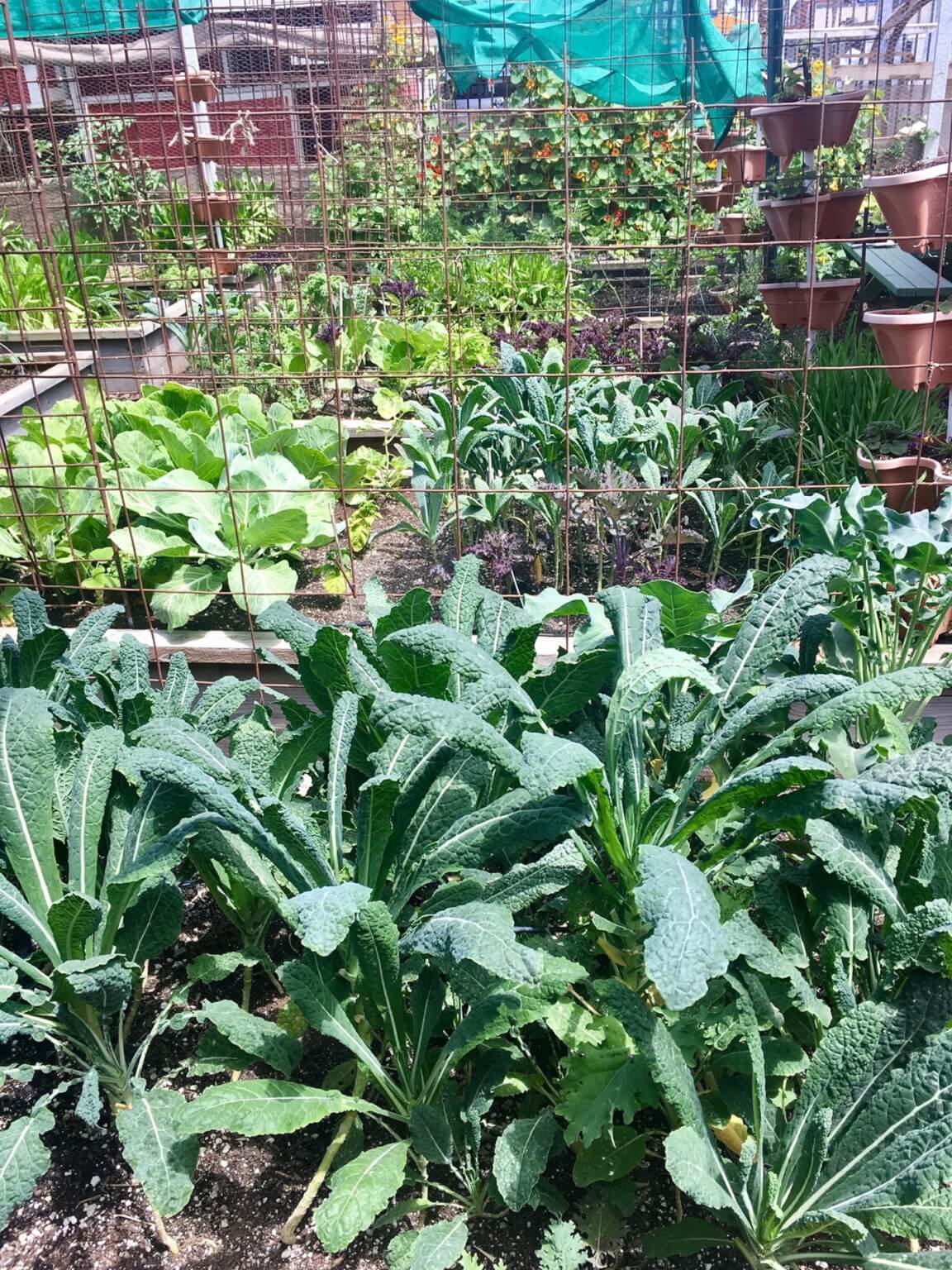
What’s Being Done to Fight Food Deserts?
Although the plight for communities in food desserts may feel completely hopeless, some cities have brought hope that change is possible. Cities such as Detroit, Jacksonville, Birmingham, Baltimore, and New York City are using local residential power and public policy to create a positive impact and reduce the number of people living in food deserts. In Detroit, residences have built community gardens in vacant plots as a way to fill in the nutritional gaps that exist within the community. This grassroot action helps connect individuals in food deserts to the earth to grow fresh produce. In Jacksonville and Birmingham, city leaders have hired consultants to determine areas that should be improved to best impact people and to encourage the development of grocery stores in low-income neighborhoods. Baltimore has provided food access maps to those living in food deserts and has focused on maximizing nutrition assistance programs, supporting urban agriculture, and addressing the lack of public transportation in these areas. New York City developed the Green Cart Program, which brings affordable fresh fruit and vegetables to food deserts where supermarkets have continued to close their doors. These cities provide a great example for other cities and rural areas that are faced with food desert issues on how to address their root causes.
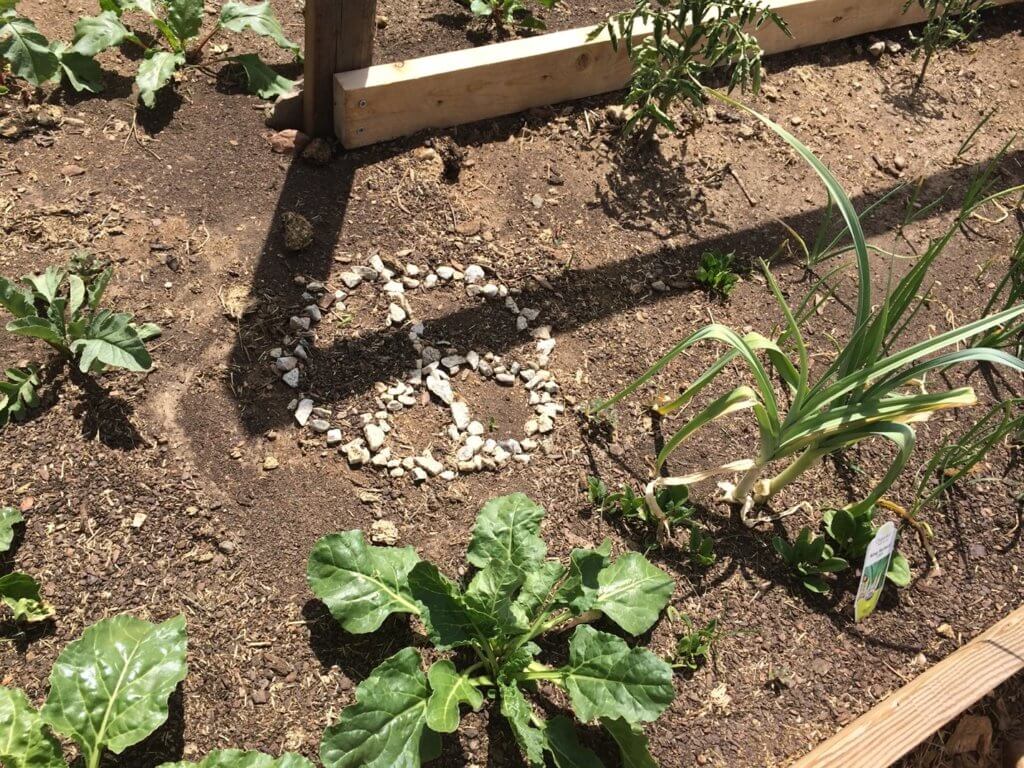
Shifting the Conversation to Food Apartheid
Scholars have begun to redefine food deserts by using the term “food apartheid” to help people see the issues more clearly and provide hope for solutions to be developed. Food desert gives the impression that the city, neighborhood, or city block is a lifeless environment with no potential for change. Food apartheid refers to the man-made political and economic systems that perpetuate the discrimination and the segregation that allows some communities to starve, while others thrive. This term helps highlight these factors by looking at the whole food system—race, geography, faith, economics, poverty, and hunger—to understand the root cause of food inequalities in a specific location or group of people. Looking through this redefined lens reveals the whole picture, giving a sense of hope for the community and alerting others of the nutritional inadequacies present among the population.

Impact of Food Apartheids
In order to determine the best solution to the issue, it’s important to understand the effects food apartheids have on individuals living within them. Little access to food prevents adequate growth among children and optimal lives for adults. Young children are at risk for poor brain development and micronutrient deficiencies, which affect their learning and memory function. Adults are at an increased risk for developing a chronic disease and are more likely to be obese. Also, having an increased risk for developing chronic diseases causes more money to be spent on healthcare expenses. According to researchers, an unhealthy diet causes $300 dollars per person and $50 billion for the whole nation to be spent on healthcare, which could be avoided or reduced with healthy eating patterns and adequate food consumption.
To make a lasting change in these communities that experience food apartheid, it is important to educate yourself and those around you regarding the matter. Without a growing awareness and support for increasing food security, people will not be able to develop creative solutions for those who are in the most need. Also, if you are able to donate or volunteer for an organization that is fighting food apartheid, you will continue to help those in need and bring more awareness to this complex problem. Support efforts in your communities by pushing for community gardens—a powerful way to provide access to healthy food for all.
Written by Michelle Naragon, Dietetic Intern with Sharon Palmer, MSFS, RDN
Photos by Sharon Palmer, MSFS, RDN
Image: Community garden in Seattle, Sharon Palmer, MSFS, RDN
For more on sustainable food systems, check out the following blogs:
Fighting Food Insecurity
The Myriad Benefits of Community Gardens
References:
Brigham and Women’s Hospital. (2019). Healthy Diet Could Save $50 Billion in Health Care Costs. Science Daily. https://www.sciencedaily.com/releases/2019/12/191217141314.htm
Karpyn, A., Riser, D., Tracy, T., Wang, R., & Shen, Y. (2020). The Changing Landscape of Food Deserts. UNSCN Nutrition. https://www.ncbi.nlm.nih.gov/pmc/articles/PMC7299236/
Mead, N. (2008). Urban Issues: The Sprawl of Food Deserts. Environmental Health Perspective. https://www.ncbi.nlm.nih.gov/pmc/articles/PMC2516593/
Martin, A. (2020). Food Security and Nutrition Assistance. Economic Research Service of USDA. https://www.ers.usda.gov/data-products/ag-and-food-statistics-charting-the-essentials/food-security-and-nutrition-assistance/
N.A. (2020). Food Deserts. Food Empowerment Project. https://foodispower.org/access-health/food-deserts/
Pyzk, K. (2019). Mitigating America’s Food Desert Dilemma. Smart Cities Dive. https://www.smartcitiesdive.com/news/mitigating-americas-food-desert-dilemma/554087/



